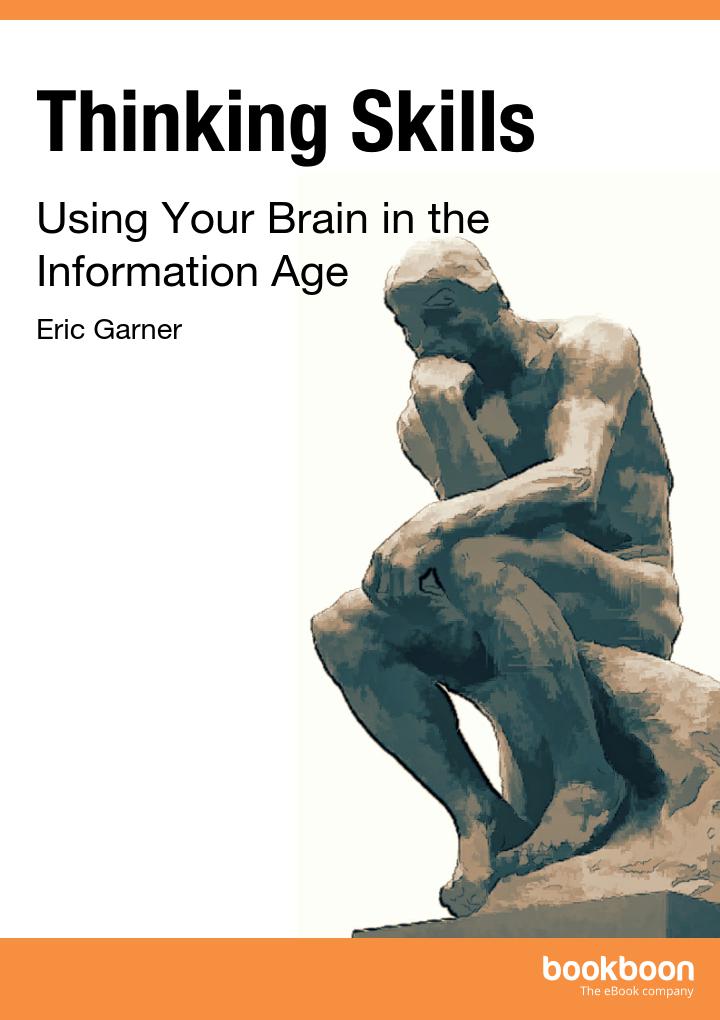6 key principles of right decision-making

Managers, team leaders and their staff can take as many as a hundred or more decisions in the course of a day, each day and every day. Many of these decisions are, of course, no more than automatic responses to familiar situations in which they have to choose between two or three options. However, from time to time, we all have to take decisions on which the course of our future and that of others depends. Then, it is a question of making sure they are right.
Here are 6 principles to guide you in right decision-making.
1. Time them
There are two traps which people fall into when making decisions: making them too soon and making them too late. Some people make decisions too swiftly and without due thought. This may be because they are uncomfortable with the tension that is created when a decision has to be made but they don’t have all the information needed. Instead of living with tension, they make the decision before time.
Other people delay making decisions because they fear making a mistake or fear the changes that will result. The best decisions are hot-iron decisions: those that are well-timed, which you make when the iron is hot and the time is right.
2. Align them
The more decisions you make consciously, the more you can align them with your goals and purposes. Studies show that the average person makes 612 decisions a day. Each one takes us closer or further from our ultimate goals in life. In a week that means 4,900 decisions. In a year, 254,800. Results are cumulative. Strategic thinking means looking at how your decisions today affect your tomorrows. When your decisions are in alignment with what’s important to you, then life becomes meaningful, productive and satisfying.
3. Balance them
There are three balancing acts to be aware of in taking a good decision. They are:
- Care and not care. Do all your worrying before the decision and once a decision has been taken, stop worrying.
- Think and act. Too much thinking puts off the action; too much action may be at the expense of thought. Seek the right balance.
- Look before you leap and leap before you look. See the possible risks of your decision but, once decided, take the plunge with courage.
4. Act when you have to
You should only make decisions when you have to. Here are 5 “don’ts” to guide you.
- DON’T make a decision unless you have two or more equally valid options.
- DON’T make a decision if it’s somebody else’s responsibility.
- DON’T make a decision unless there is disagreement.
- DON’T make a decision about irrelevant matters.
- DON’T make a decision if it can’t be turned into action.
“If there’s one thing I’ve learned in politics, it is: never make a decision until you have to.” (Margaret Thatcher)
5. Instinct
No matter what method we use to make a decision, there comes a moment when we know instinctively whether the decision is right or not. Many of the biggest business deals ever taken were taken on instinct. But they were rarely taken on a whim. Intuition works best when we have done the groundwork, accumulated plenty of expertise and researched the field. Take time to cultivate your intuition for it is never wrong and has your best interests at heart.
6. Don’t decide without acting
Theodore Roosevelt said that the worst thing you could do when you have to make a decision is to do nothing. Even if you make a wrong decision, the very making of it and the learning from it are steps forward. As Frederick Langbridge added, “If you don’t follow through on a decision, someone else will pick it up and use it. When you make a decision, jump in with both feet, don’t just stick your toe in the water. Be daring, be fearless, and don’t be afraid that somebody is going to criticize you or laugh at you. If your ego is not involved, no one can hurt you.”
7. Keep your decision under review
Decisions are a mix of what we currently want (goals); what we currently know (information); what we believe (outcomes); and what we can do (actions). There is no guarantee that any of these will stay the same or that they will come right. No decision is perfect. This is because half-way through the implementation of a decision we may realise we don’t want to achieve the goal after all. After taking a decision, we may stumble across more information which, had we had it before, would have totally changed our decision. A successful decision depends as much on motivation and skill in implementation as on getting it right.
Nobody who regularly makes important decisions affecting the lives of others will tell you hand on heart that they get it right every time. Decision-taking is more of an art than a science. But practice, and learning from our results, may at least take us closer down the road to a 100% strike rate.
If you would like to learn more about what right decision-making is all about, then “Thinking Skills – Using Your Brain in the Information Age” written by Eric Garner is the right book for you.




